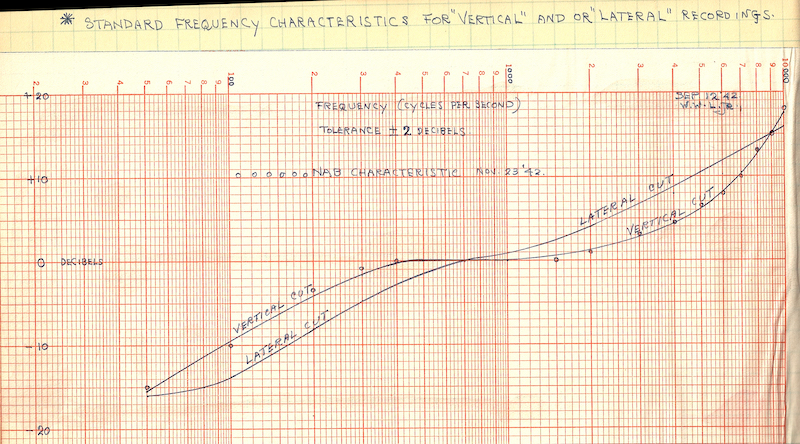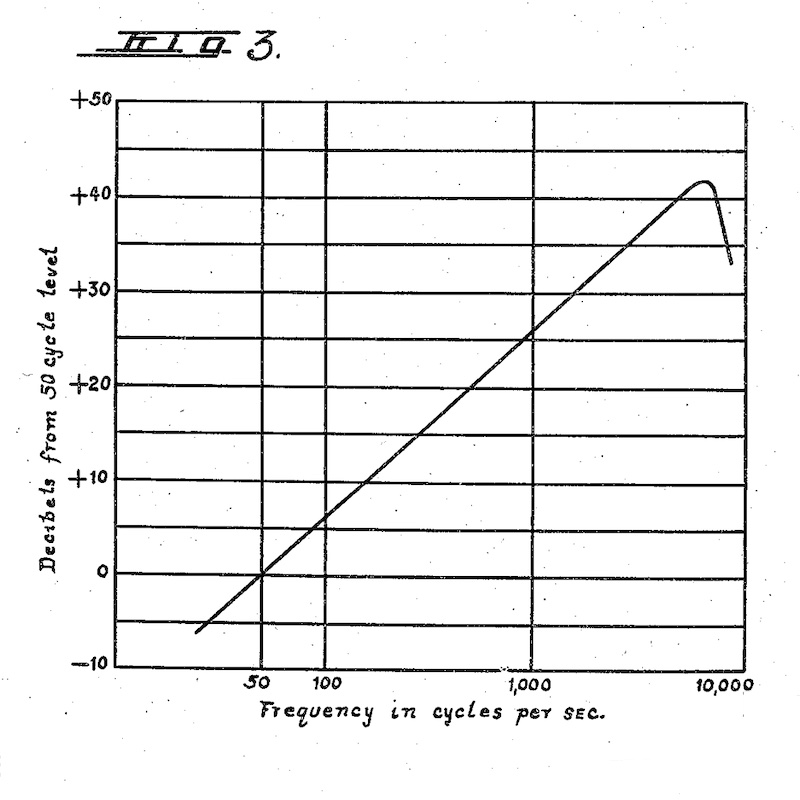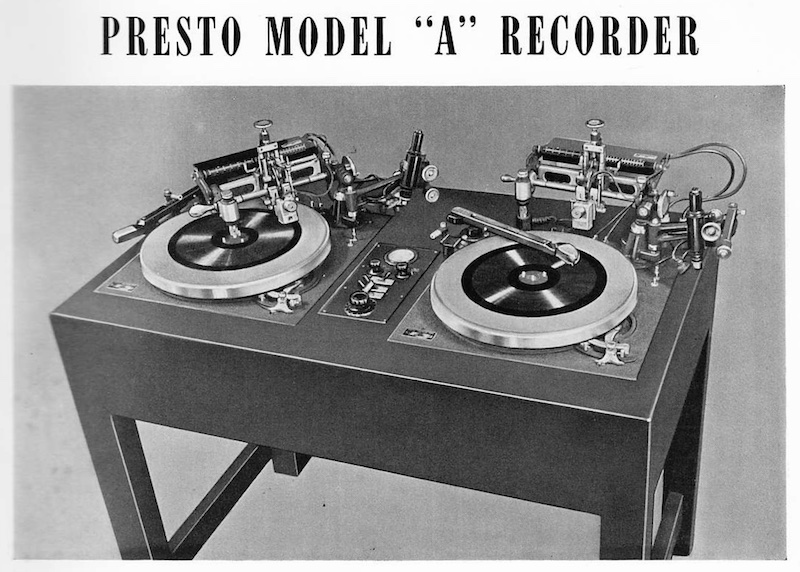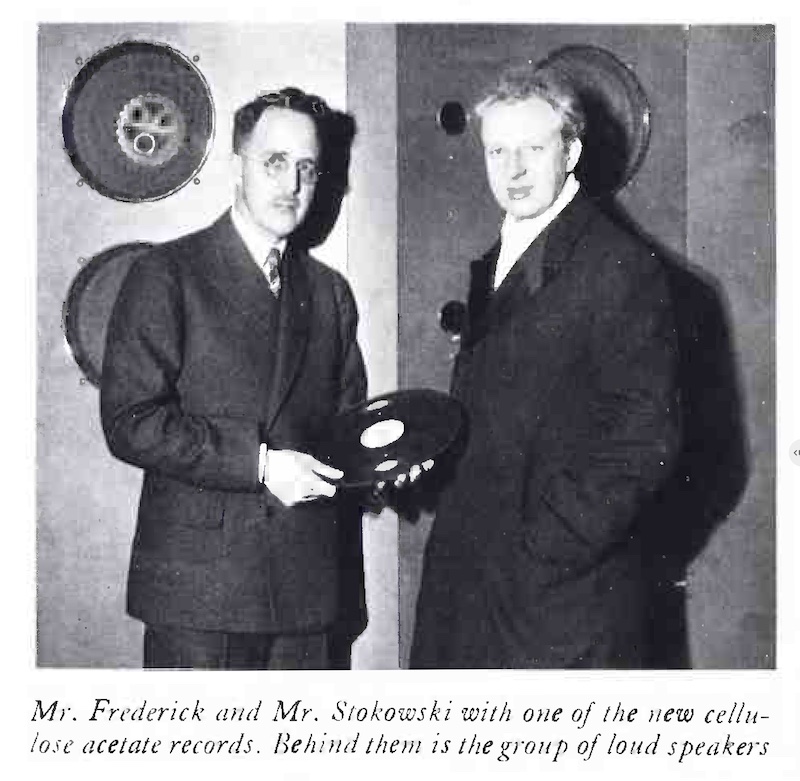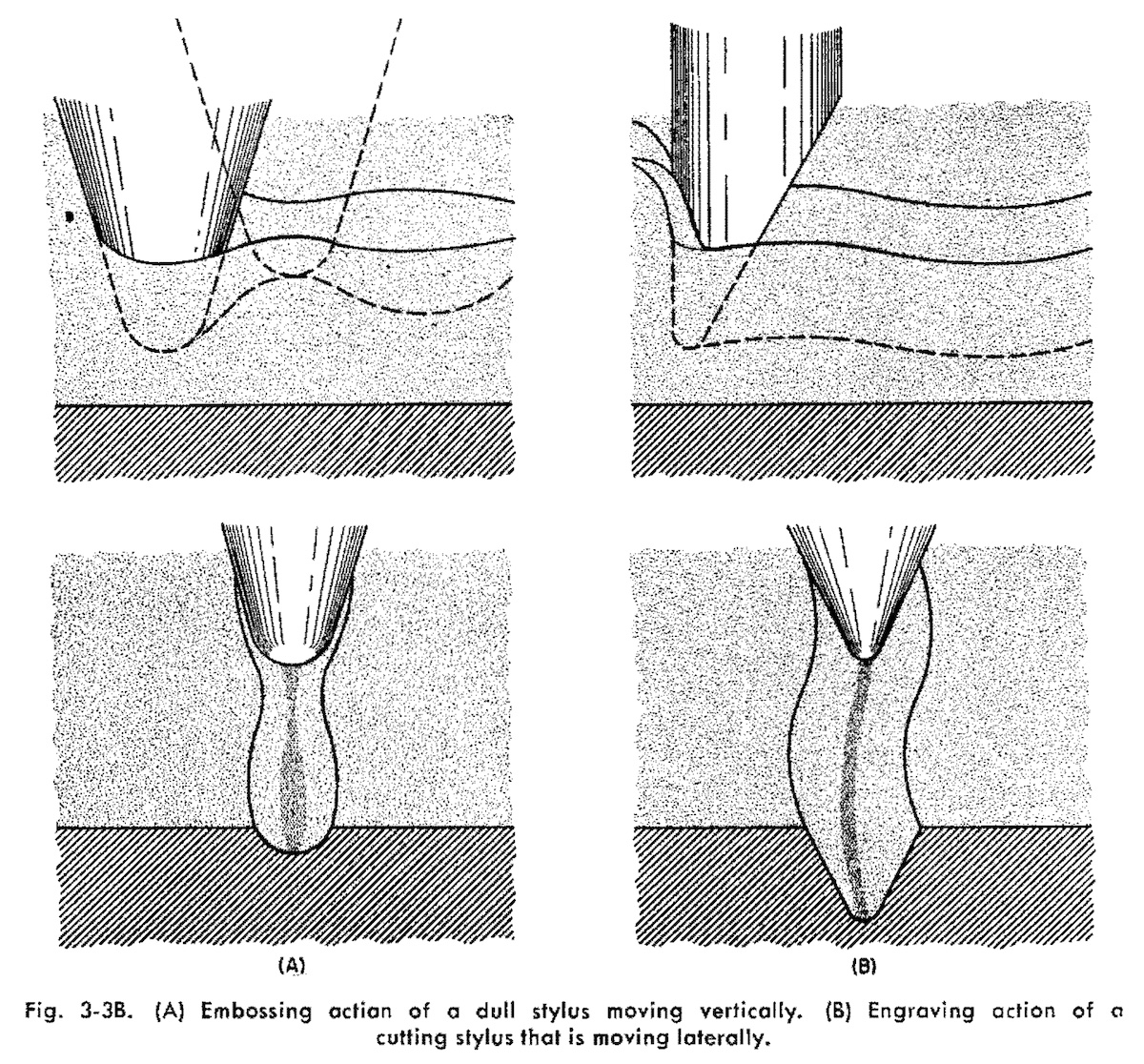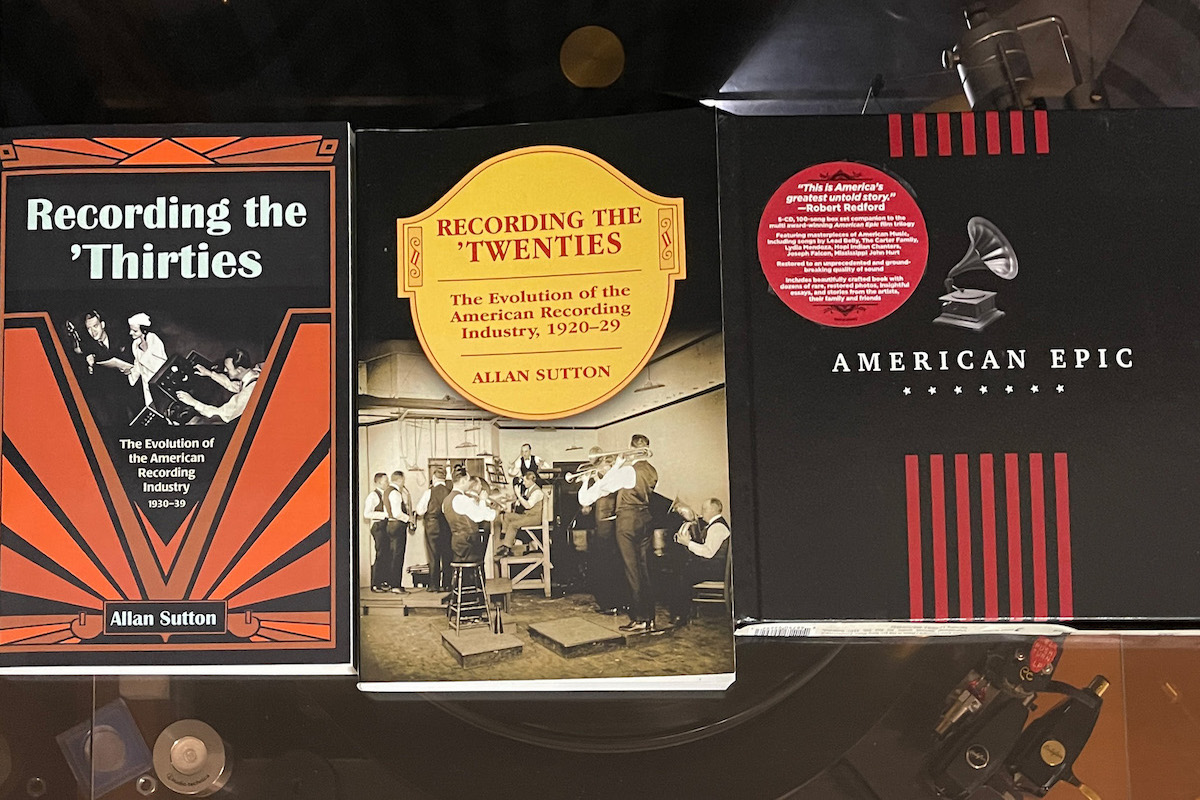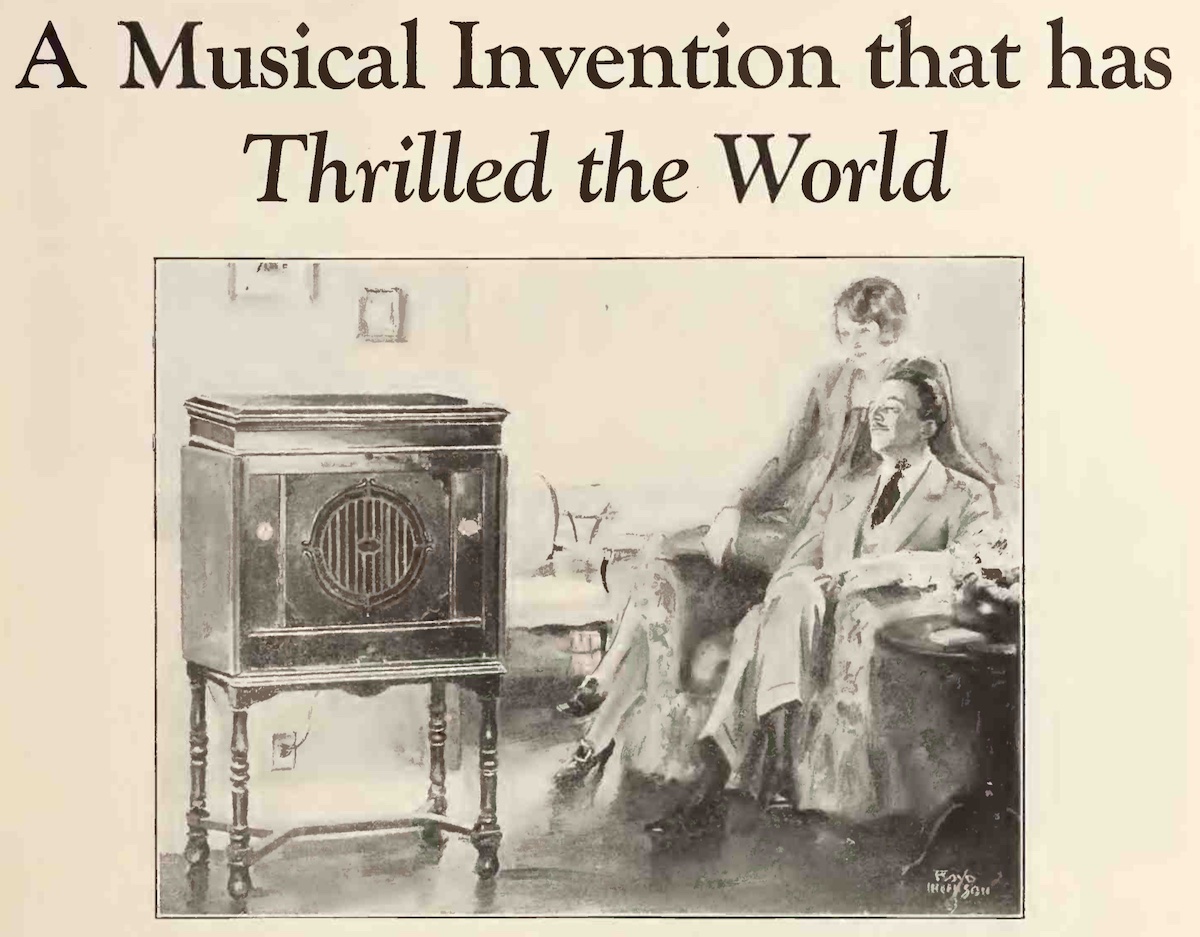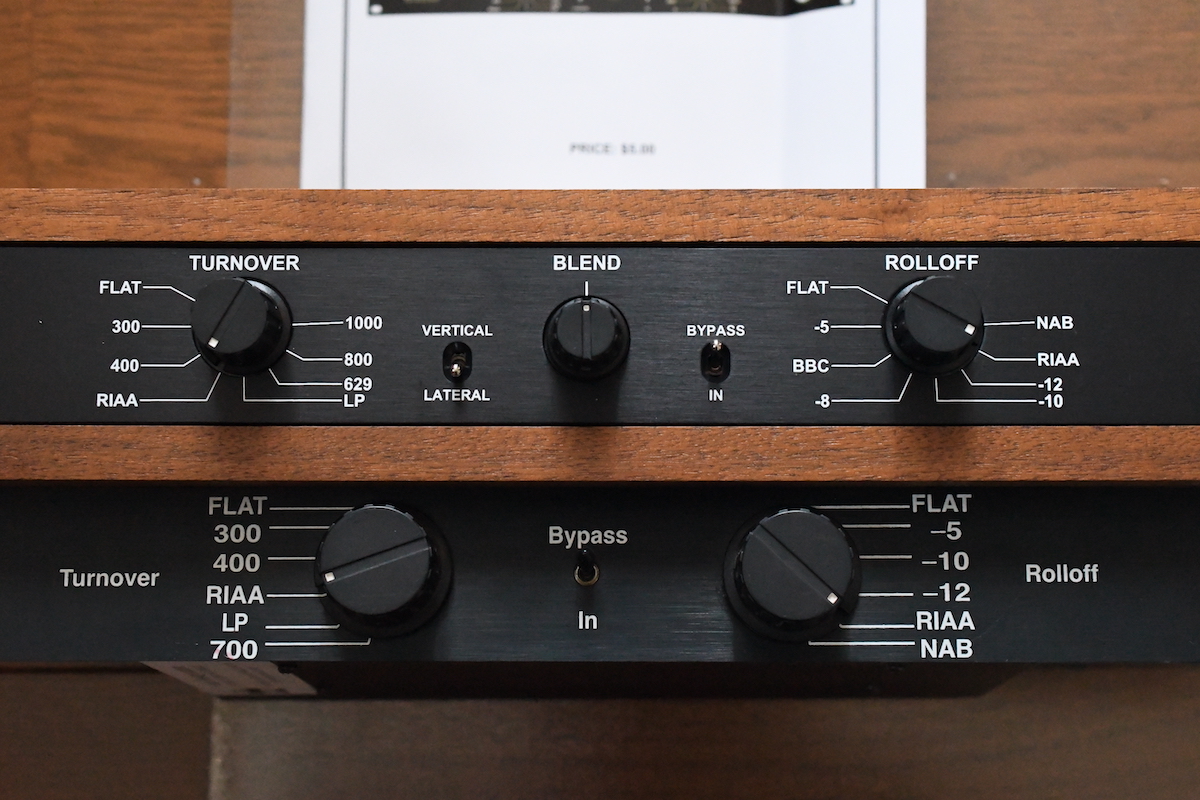Things I learned on Phono EQ curves, Pt. 9
EQカーブの歴史、ディスク録音の歴史を学ぶ本シリーズ。前回 Pt.8 では、1942年に策定された、放送局用トランスクリプション盤向けの録音・再生標準規格、通称「NABカーブ」についての歴史を調べました。
On the previous part 8, I studied on the history and background of “1942 NAB Curve”, the first recording/reproducing standards for electrical transcription discs used in the broadcasting industry.
今回はその続きで、第二次世界大戦中〜LP登場前夜のあれこれ をみていくことにしましょう。市販のシェラック盤への不満が徐々に蓄積されていたことを示す記事や、EQカーブが当時どのように捉えられていたか、がうかがえる資料などです。つまり「何が正解か」ではなく、「当時はどう考えられていたか」の探求です。
This time, I am going to continue learning the history of disc recording – during the WWII, as well as post-WWII period, until the advent of microgroove LP records. This include growing discontent with the quality and experience with commercial shellac records, as well as how listeners and engineers tried to deal with “EQ curves” in these years. So this article is the exploration of “how the things were regarded at that time”, not of “what is the correct answer”.
ただし、当時の技術書類やエンジニアノートなど、一次資料が非常に少ないトピックが多くなるので、当時の雑誌ではどのように言及されていたか、など、間接的な探求が多くなることをご理解の上、ご覧ください。
Please note that this article contains the topics whose primary information (such as technical documentation and engineers’ notes) is rarely found, and I am going to read many magazine articles about the topics, to understand the situation of the 1940s indirectly.

source: NAB Reports, January 2, 1942, Vol.10, No.1, p.1

